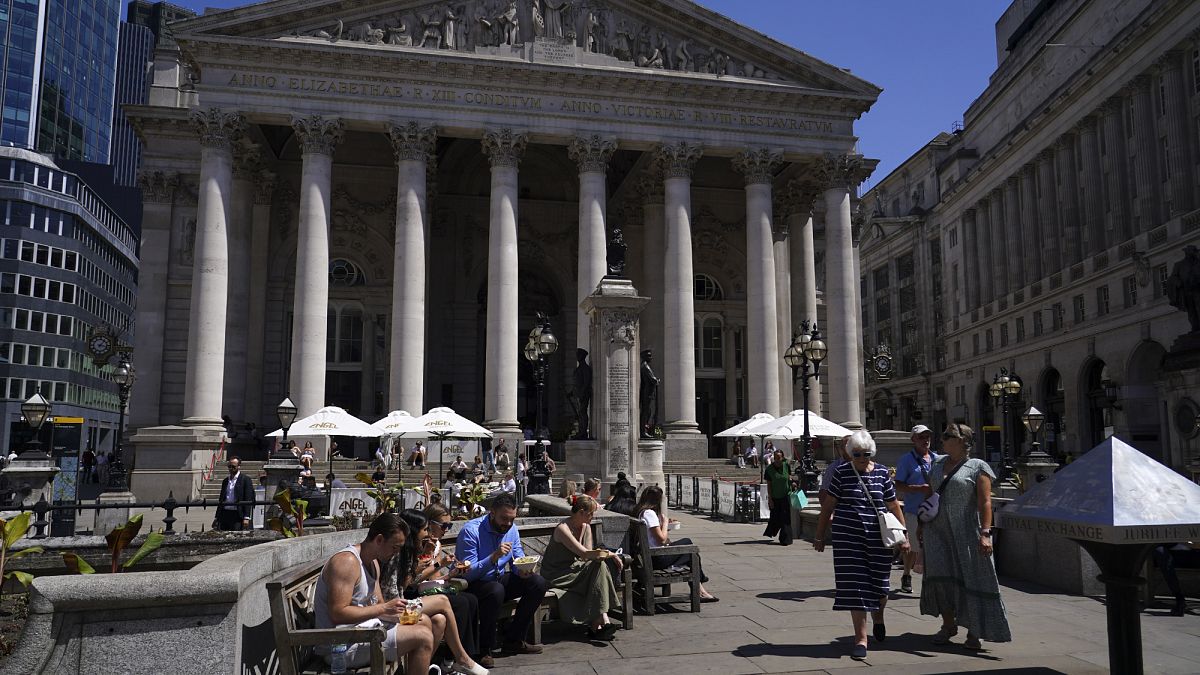Published on
The decline in payroll employment in the UK eased in July, with employers cutting headcount by 8,000, compared to a month-on-month drop of 26,000 in June.
July’s figure marks the smallest decline in headcount since a modest rise in January, offering a glimmer of hope for the sluggish UK job market.
The early estimate of payrolled employees for July 2025 decreased by 164,000 on the year, added the Office for National Statistics (ONS).
Tuesday’s data “tallies with some of the business surveys which suggest hiring appetite has begun to improve after a torrid spring”, said James Smith, developed market economist at ING.
“The combination of National Insurance (payroll tax) hikes and a sizeable increase in the National Living Wage in April had become a major headwind, particularly in consumer services.”
The ONS also announced on Tuesday that the unemployment rate held steady in April to June at 4.7%, a four-year high.
Annual wage growth excluding bonuses held steady at 5.0% in the three months to June, while this average in the private-sector eased slightly to 4.8% from 4.9%.
“Although pay growth has slowed, it’s now pretty static, and is still outstripping inflation, so there’s a risk that firms will pass on heavier costs as higher prices,” said Susannah Streeter, head of money and markets at Hargreaves Lansdown.
She added: “Bank of England policymakers struck a more cautious tone than expected at the last meeting when it comes to future policy, and this jobs snapshot doesn’t change the overall picture too much. It’s touch and go as to whether there will be a cut in November but December is looking a bit more likely.”
The fresh data comes after the Bank of England cut its key interest rate last week to 4%, the lowest level since March 2023.
Vacancies are below pre-Covid levels in virtually all sectors now, highlighting the weakness of the labour market, although price pressures remain a risk to the economy.
The number of job vacancies fell by 44,000 to 718,000 between May and July.
“The Bank faces a fine balancing act,” said Richard Carter, head of fixed interest research at Quilter Cheviot.
“Inflation remains at 3.6%, fuelled by housing and transport costs, but signs of slack in the labour market are becoming harder to ignore. With the MPC split on the pace of easing, these latest numbers could tip the balance towards further cuts to shore up the economy.”

